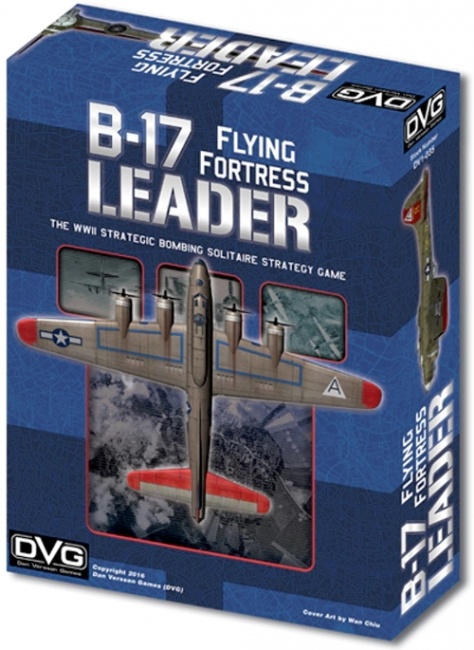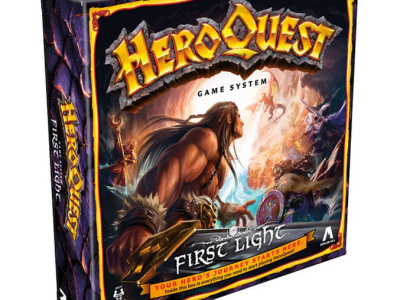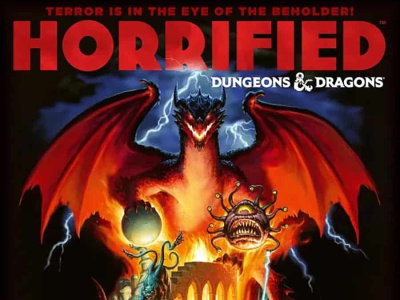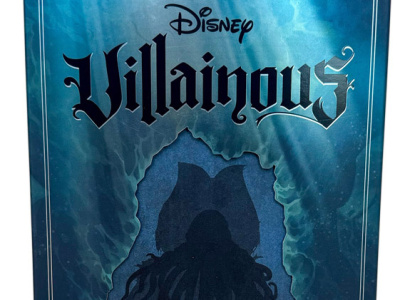B-17 Flying Fortress Leader
Publisher: Dan Verssen Games
Release Date: June 2017
Price: $89.99
Game Designer: Dean Brown
Number of Players: 1
Playing Time: 30 minutes per mission
Age Rating: 12 and up
Product #: DV1-035
ICv2 Rating: 2.5 Stars out of 5
I have been a fan of Dan Verssens Games’ Leader series for a long time, whiling away many hours commanding flights of A-10s and Hornets on tense missions against a wide variety of "bad guys." World War II has always fascinated me as well, so when I saw that I could now command B-17s I was very excited: two of my interests intersecting in a new way. But was it a blockbuster, or would it go down in flames?
Summary: B-17 Flying Fortress Leader is a solitaire game that puts the player in command of the Allied bombing effort in World War II. The campaign chosen determines strategic and tactical objectives, all of which involve the destruction of important targets in Germany, France, Belgium, or the Netherlands. The player must assign aircraft to missions, load them with bombs and provide fighter escorts, then resolve the operation. The planes first make their way through defending Luftwaffe fighters and air defenses. Assuming they survive, they drop their bombs, hoping to destroy the target before fighting their way through more enemy aircraft on the way back to England. After the mission, squadrons gain experience to improve their abilities, while renowned commanders can be assigned to boost their skills even more, and then its time to prepare for the next mission. If enough missions are a success, the campaign ends in victory. If the German defenses are too tough, then it’s a "dismal evaluation."
The game is very challenging. Every decision carries significant weight on the success or failure of the mission, even something as simple as which bombs to load. The Luftwaffe defenses are tough, if predictable, and losses are invariably heavy. But careful play is usually rewarded and a sound strategy will lead to success.
Originality: This game draws heavily on earlier titles in the series while introducing a number of interesting concepts. Secondary missions force the player to divert precious resources away from their main goals. The Germans can develop devastating new technologies, triggering a race to knock out their research centers before the new tech comes online. Even the occasional U-Boat hunt can be required to keep up the war effort. Kudos also for the inclusion of a trio of mini games: a quick-play game that tracks a single bomber through 25 missions; a combo game that adds that single bomber to the overall campaign, giving the game a more personal touch; and a cool way to combine B-17 Flying Fortress Leader with Dan Verssen’s Down in Flames aerial combat card game. I think it would be neat fun to use B-17 as the strategic framework for a series of Down in Flames games with a friend.
Presentation: While I am delighted to see extensive use of stock historic photography, overall the game has a very "computerized" look to it. I would have much preferred a more period feel to the game graphics and presentation, like what was chosen for the game cards and board. The tokens are functional, but not attractive, and do not always offer up information in the most effective way: for example, bomber tokens are identified by number, which is printed on the matching cards in very small type, but not by name, which is printed in large, easy-to-read characters on the cards.
The rules were a cause of great frustration. Dan Verssen Games usually does a much better job on their rulebooks than they did with B-17 Flying Fortress Leader. Even after multiple readings of the rules, I feel like the rulebook is not complete—I was frequently forced to refer to the player aid cards for hints on things that were not clearly explained, and sometimes the rules reference components that are different than described in the text. The rulebook is not laid out well for use as a reference during play, forcing a lot of flipping through. Important charts in particular are hidden in many places, and not reproduced on the player aid, an odd and frustrating design choice. The game is really not complex once you learn to play, but the rulebook doesn’t communicate that well.
Quality: Those issues aside, the quality of the game and the components is good. The board is large, fully mounted, and well organized. The tokens are thick and sturdy. The cards are good quality. The rulebook is full-color and glossy throughout, with lots of pictures and examples. The box is strong and well-built.
Marketability: We are, right now, in the middle of the 75th anniversary of the largest war in human history. Even without that landmark, World War II has always loomed large in the imagination of gamers. But solitaire games are often a tough sell, particularly in this era of video gaming. Also, the $90 price tag could turn off many. On the other hand, 547 fans plunked down $70,538 for the game’s Kickstarter campaign last year, which proves that there is still some enthusiasm for the unique challenges that this kind of game offer.
Overall: B-17 Flying Fortress Leader is truly a "diamond in the rough." Once you get past the uninspired graphics and slogged your way through the rules to get a handle on what’s really going on, this game offers a lot of play. Sadly, compared to other games I have played in this series, the outcomes feel much more random, my strategic and tactical decisions a little less rewarded by the game system. For a player like me, who wants a deep strategic-thinking challenge out of their gaming-alone time rather than a reflex-driven electronic experience, this is a fine choice. Unfortunately, the cumbersome rules set and heavy luck factor just didn’t satisfy me like the earlier games in the line.
I guess it’s back to A-10s and Hornets for me. That’s why, heartbreakingly, I can only give this game 2.5 out of 5.
-- William Niebling
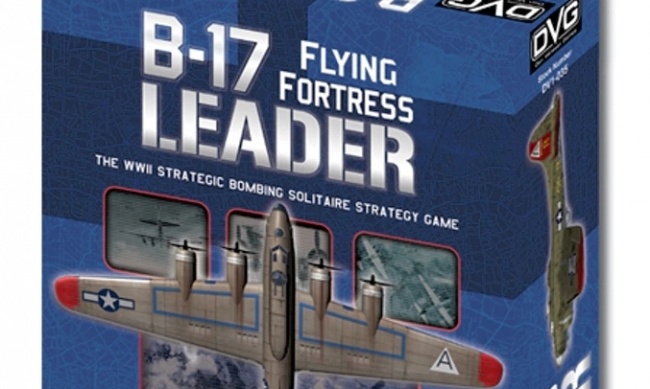
ICv2 Stars: 2.5 (out of 5)
Posted by William Niebling on June 21, 2017 @ 1:55 am CT
MORE GAMES
Thursday July 31, 2025; 'D&D,' 'Riftbound,' and More!
August 8, 2025
The story of Gen Con 2024, as told through ICv2's staff photos, began on the morning of Thursday July 31, 2025 on the convention hall floor.
New Expansion Set for the Classic Fantasy Board Game
August 8, 2025
Hasbro will release HeroQuest: First Light, a new expansion for the classic fantasy board game, into retail.
MORE REVIEWS
ICv2 Stars: 3.5 (out of 5)
July 30, 2025
Here is a review of Ravensburger's Horrified: Dungeons & Dragons.
ICv2 Stars: 3.5 (out of 5)
July 24, 2025
Check out the review of Disney Villainous: Treacherous Tides, from Ravensburger.



